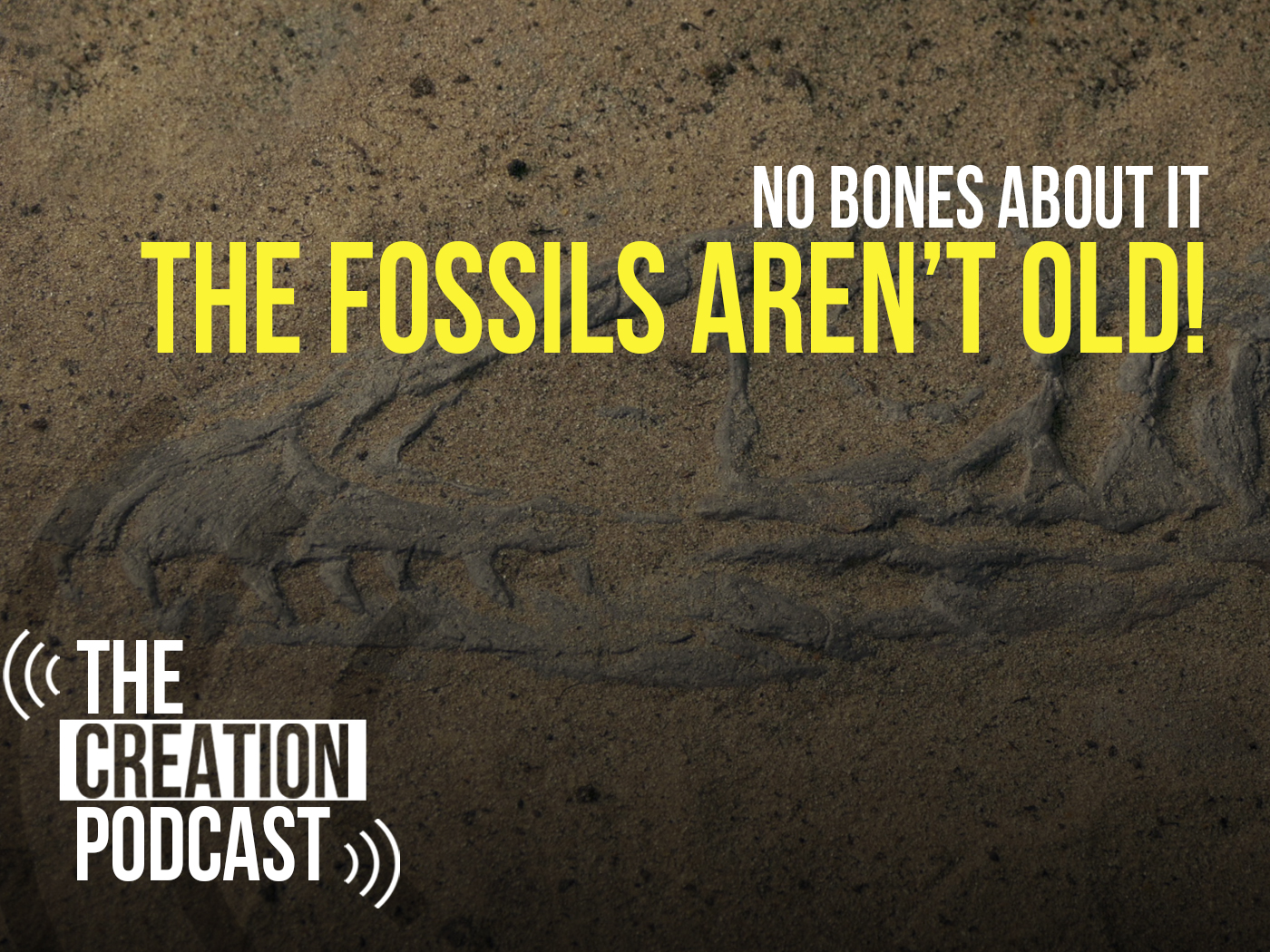Drill cores from beneath the floor of the Arctic Ocean have revealed a startling find. Fossils from around the 430 meter mark indicate the seabed was once a balmy 23 degrees centigrade (74 degrees Fahrenheit)! Today's temperatures beneath the Arctic vary within a few degrees of zero. The find is thought to reflect a global condition of warming, suggesting that all the oceans were once at least this warm pointing to a period called "the Paleocene/Eocene Thermal Maximum" (PETM). Although it has long been suspected, from oxygen isotope data derived by analyzing both the deep sea Cenozoic record and from ice cores, such remarkably warm temperatures have taken most scientists by surprise. However, this fits in very well with the young-Earth creationist view of history which includes a global Flood.
Several implications follow from a warm ocean. Warm waters would result in high rates of evaporation, high rates of precipitation, and a very wet world. How wet? ICR research has predicted that a globally uniform sea surface temperature of 30 degrees centigrade would result in sustained precipitation in localities at over eight inches per hour. Heaviest precipitation would have been over the polar regions where the precipitation would fall as snow, the snow would compact to ice, and the ice would move out as glaciers. If the PETM corresponds to the immediate post-Flood period, an Ice Age following the Flood makes great sense. Second, a warm ocean would mean enormously energetic storms. A computational run using a globally uniform surface temperature of 37 degrees centigrade eventuated in cyclones of hundreds of miles in diameter breaking out across wide portions of the earth and not just the lower latitudes. Called "hypercanes," these storms would have generated horizontal winds of over 300 mph, vertical winds of 100 mph, and precipitation of over ten inches per hour. It is not difficult to imagine moisture-laden fronts ripping across polar regions producing temperature drops of scores of degrees centigrade. Flash-frozen mammoths recovered in the Arctic have up until recently been a cryogenic mystery. Although the mystery is by no means solved, a more credible answer is now possible. Such conditions so far from human experience apparently took place in the relatively recent past.
Many scientists suspect some kind of catastrophic release of carbon dioxide is to blame for the warm spell; others argue that a rise of temperature would be the expected cause rather than the effect of a carbon dioxide rise. But there is a more obvious possibility. If a global Flood occurred in recent world history, then one would expect warm oceans and a relatively temperate (or cool) air mass would have followed. Reasons for warm oceans following the Flood include: relatively warm pre-Flood oceans, extraordinary levels of submarine volcanism during the Flood, and possibly elevated rates of radioisotope decay during the Flood. Only a few decades ago it might have been considered preposterous to suggest oceans of 30-plus degrees centigrade that drove an "abbreviated" post-Flood Ice Age (of relatively short duration), but not today. Questions such as the duration of the Ice Age, the lag time between the end of the Flood and maximum ice advance, and many others, will await future research. In the meantime, the overall Flood model of Biblical Earth history looks very good.
* William Hoesch, M.S. geology, is Research Assistant in Geology.







